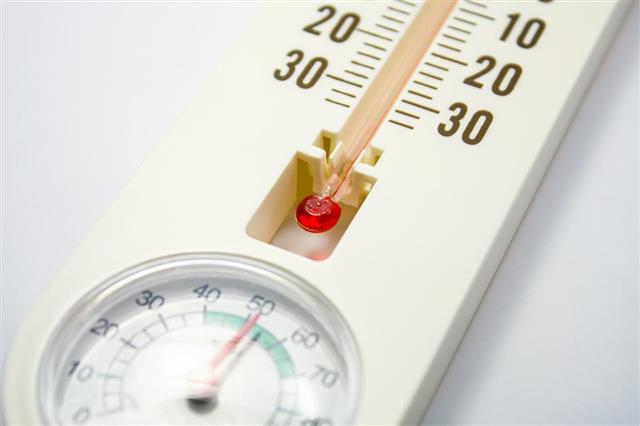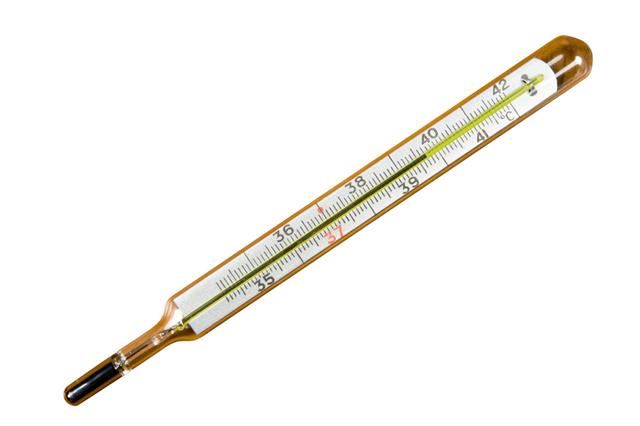
Owing to the increased awareness about mercury toxicity, its uses have considerably declined in the recent years. Nonetheless, this element is still used in various ways and means in industries. This ScienceStruck article lists some important uses of mercury.
Mercury, or quicksilver as it was called several hundred years ago, derived its name from the Roman god Mercury, and has been a metal that has intrigued men since a long time. The name ‘quicksilver’ was given to it by people of past civilizations as it formed beads of small parts that showed movement, when dropped on a surface.
It is the only metal that naturally exists in the liquid form. This silvery white metal has the atomic number 80 and is represented the chemical symbol ‘Hg’. Besides quicksilver, an alternate name for this element is hydrargyrum. Mercury is known to be a metallic element which is both univalent and bivalent.
Uses of Mercury
As more research has been done on this metal, its several uses have been discovered. It acts as an amalgam which implies the property of dissolving various metals when they are dipped in a solution of mercury. It has been found that it has the unique ability of dissolving all metals. The amalgamation process leads to the manufacturing of certain mixed metals whose electrical resistivity is often less than that of even the pure metals or of the alloys. This means, better electrical conductivity can be achieved by the process of amalgamation of metals. In zinc batteries, mercury is used to prevent the zinc metals from corroding. Amalgamation has been one of the oldest methods of refining silver or gold from the mines. The metals were dissolved in compounds of mercury and after some distillation, the precious metals were recovered. The Castner-Kellner process, that produces chlorine and sodium hydroxide, requires mercury in the entire process, as this element is chemically inert, can form amalgams, is conductive, and has great fluidity.
It is widely used in the construction of barometers and thermometers. The barometer was invented by Evangelista Torricelli in 1643, and the thermometer by Gabriel Fahrenheit in the year 1714. The most peculiar characteristics about these measuring instruments were that both used mercury as the liquid because of its less linear expansivity. Another major laboratory use of mercury was in the development of diffusion pumps.
Many of its compounds have been used as medicines since many ages. However, in recent years, as awareness about its toxicity has increased amongst people, most of the medicines have become obsolete. Mercurochrome (used in cuts and wounds) and Thimerosal (as a dental amalgamation) are the compounds whose use has been banned in many countries. Mascara, an ingredient of cosmetics, contains some amounts of thimerosal. Many states in the US are now very strict against the use of this metallic element in cosmetics and medicines.
Some other uses of mercury element have been in the making of glass mirrors and temperature-regulated pendulum clocks. It is used in the form of gaseous vapors in vapor lamps, neon signs, and fluorescent lamps. Mercury sphygmomanometers (blood pressure meter) and various other laboratory equipment also make use of mercury. Due to the high molecular weight, low ionization energy, and high liquid density, it was used as a propellant for electric propulsion systems. Recently, atomic clocks containing this metal have been presented in various international scientific presentations.
As the government has become stricter in handling cases of mercury poisoning, the use of this element in thermometers and barometers is being discouraged. Manufacturers are trying their best to use mercury in such a fashion, such that it does not pose any threat to all the living beings and the environment.





